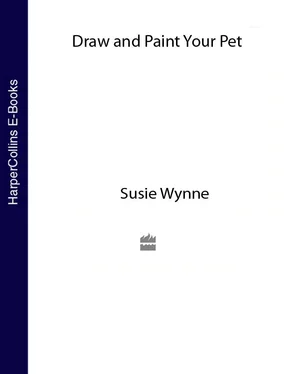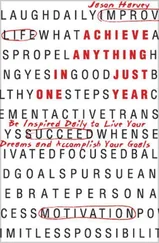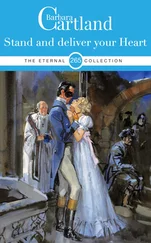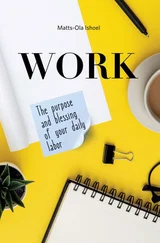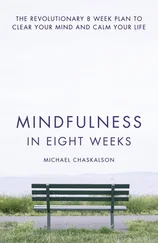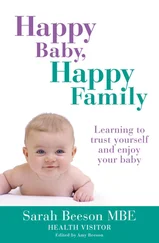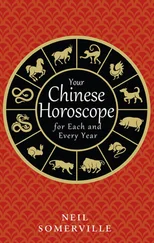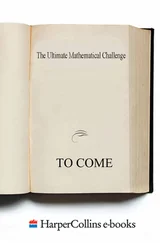With watercolour painting you will learn only from experience. Do not worry if you have to waste paper and paint in an effort to achieve a good result. This is all part of the learning process and, while you may want to pull your hair out at times, remember that a worthwhile activity usually requires hard work.
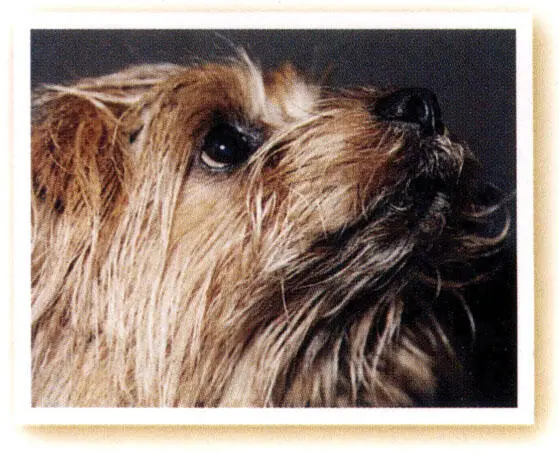

LORD ALFIE
Lord Alfie is a fine aristocratic Norfolk terrier and I have had the great pleasure of painting him in both watercolours and oils. This particular pose of him in watercolours portrays his refined and dignified character well! I used Yellow Ochre , Burnt Sienna ., Raw Umber and Lamp Black for the range of rich colours in his coat.
LEARNING FROM PAINTERS
Another valuable step to take in your progress as a painter is to visit art galleries. Especially look at the work of the Old Masters, who painted with breathtaking expertise. These beautiful works of art are uplifting as well as inspirational.
Drawing and painting is a rewarding occupation that might begin simply as a hobby, but then turn into an all-consuming passion. When this happens I know you will agree that nothing compares with the world of creativity. Enjoy your drawing and painting!
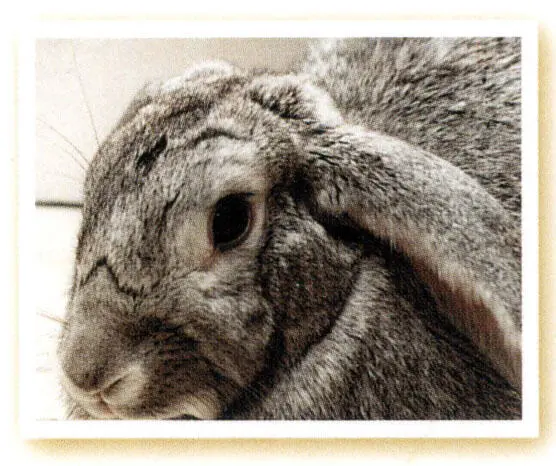
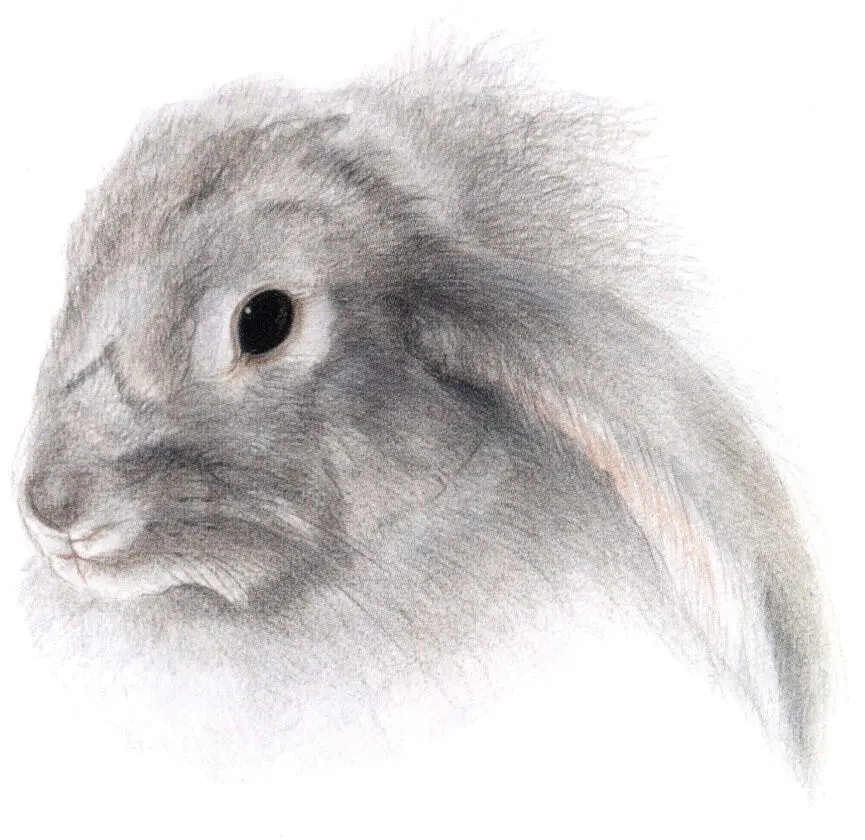
SHERLOCK
watercolour pencil
Watercolour pencils are ideal for fine detailed work. This picture of Sherlock was made using Silver Grey, Blue Grey, Light Pink and Black coloured pencils. Sherlock is a lovely blue-grey lop-eared rabbit, so I used the Blue Grey and Silver Grey pencils alternately, one over the top of the other.

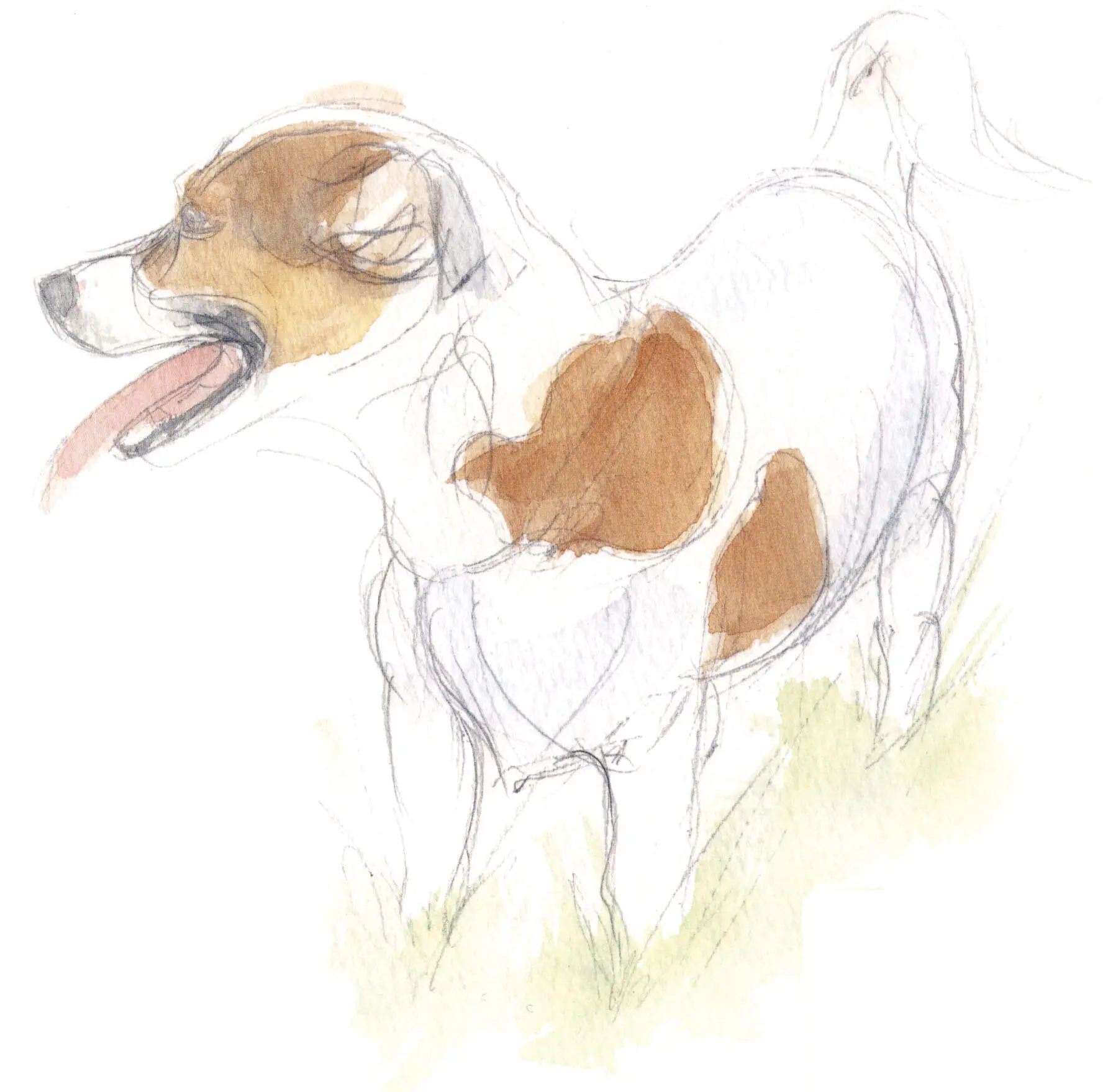
CHIPPY
Chippy, like many Jack Russell terriers, has an ‘over the ramparts’ approach to life and, having spent many enjoyable hours with him, I have found his enthusiasm extremely contagious. I decided to paint him in this pose because his tail is almost like the exclamation mark that characterizes his exuberance. He is a fine example of his breed.
MATERIALS
I have kept the materials for the contents of this book to a minimum. This is not only for the sake of simplicity for beginners who are being introduced to the subject, but I think it is also a good exercise for more experienced artists to produce work with a limited range of colours and equipment.
As with most subjects, if you are new to drawing and painting you may find that you are faced with an unfamiliar vocabulary. Art techniques are often described in specific terms that may appear confusing to you at first, but once you have begun to understand these terms you will find that they are useful to you. Do not hesitate to consult art reference books for help in clarifying any term or technique further. You will progress more quickly when you understand how both techniques and your materials work for you.
WATERCOLOUR PAINTS
My mixing palette with the ten basic colours I use in the book as tubes of watercolour.
Artists often use the term ‘pigment’ when referring to colour. This is the source powder obtained from the earth, plants, animals or minerals, or man-made synthetic substitutes. The powder is compressed and mixed with a binder, then either sold dry in little square cakes referred to as pans, or half pans depending on their size, or as moist paint in tubes.
The best watercolour paints are those known as artists’ colours. These are of a finer, purer quality and give more vibrant results than the slightly lower grade students’ colours. However, for beginner painters, I recommend students’ watercolours as they are less expensive. Paints from Daler-Rowney’s Aquafine range of students’ colours are shown here.
I use watercolour tube paints because I find them easier to work with than the dried watercolour pans. This is a personal preference, however, and you may find pans more suitable. However, if you use watercolour tubes you will find you need only a small amount to mix with water because the pigment is strong. Tubes can be bought singly or in boxes of ten, twelve or more. You can start with a small pack of basic colours and add to them gradually by buying single tubes.
I have used the following ten tube colours throughout this book: Burnt Sienna, Raw Sienna, Burnt Umber, Raw Umber, Yellow Ochre, Sap Green, Alizarin Crimson, French Ultramarine, Lamp Black and Chinese White.
I use quite a large plastic palette as I find it helps to have plenty of space in which to place the colours before mixing. Always wash your brush well in clean water before and after mixing and change the water in your jars regularly to avoid any hint of muddiness in the mixes. Keep a piece of kitchen roll handy to mop up any splashes that will inevitably occur in your enthusiasm.
Take your time when mixing and practise before starting to paint. If necessary allocate half a day, or as long as it takes you to become confident. Learn the basics of colour theory and make a colour wheel as a reference to familiarize yourself with the rules of mixing.
BRUSHES
The five watercolour sable brushes I recommend (sizes 00 and 000, and nos 3, 8 and 11), HB sketching pencils, a putty eraser and a selection of watercolour pencils.
I have used only five brushes throughout the book. The round brushes that I prefer are sizes 00 and 000, and nos 3, 8 and 11. The size 00 and 000 brushes are the smallest ones and I use them for very fine, detailed work. I favour sable brushes made by Daler-Rowney. Although the sable ones are more expensive it is worth spending that bit extra because sable really are the best to work with. I find them much more pliable than synthetic brushes; they hold moisture better and therefore make controlling the paint easier. If cost is a major factor to consider, however, you will find that synthetic brushes are quite adequate, and I have used many in the past, especially in my early years as a watercolourist.
Sometimes a vast array of brushes of all shapes and sizes is somewhat overwhelming to the beginner. Whatever brush you decide to buy, though, always remember to check that the tip of the brush forms a fine point when wet. If you have any doubts you will find that the assistants in a good art shop will help you to choose.
Once you have become familiar with the types of brushes suitable for your particular type of work, and are competent in using them, you will start to understand how watercolour can vary by using different types of brushes for different types of paintings.
Landscapes, for instance, require bigger brushes for colour washes that cover a larger area than those for portraiture. Concentrate on learning just a little technique at a time and become comfortable with that and the types of materials needed; then you can progress to the next step.
Читать дальше
